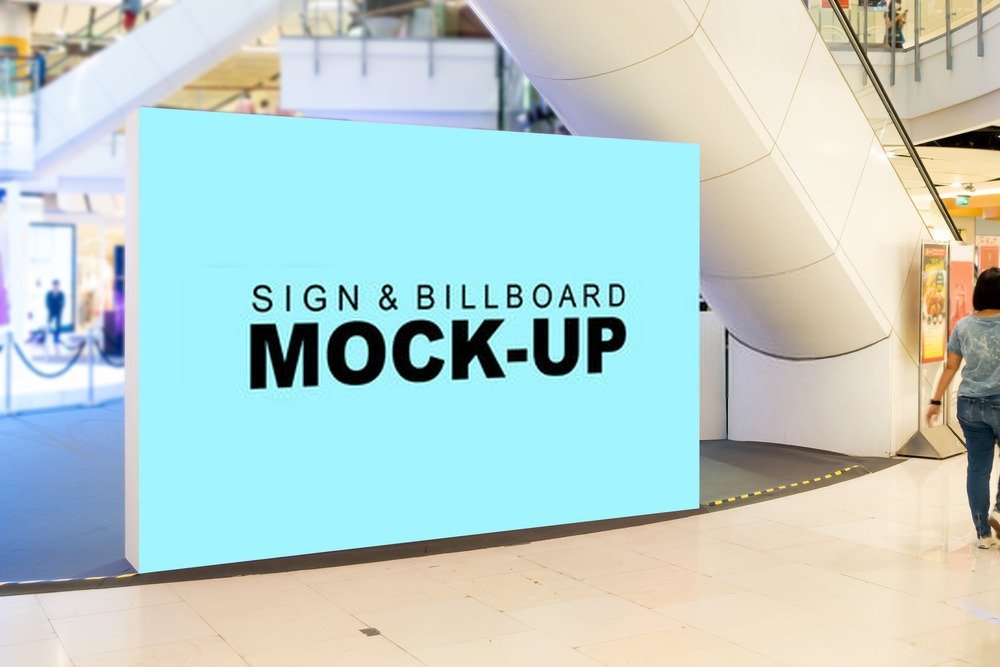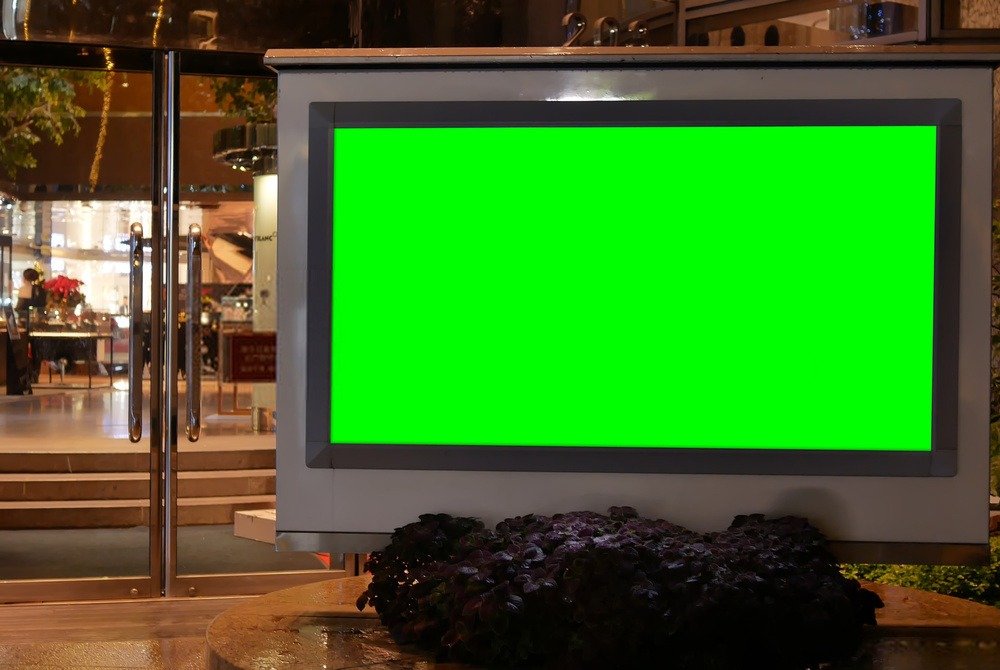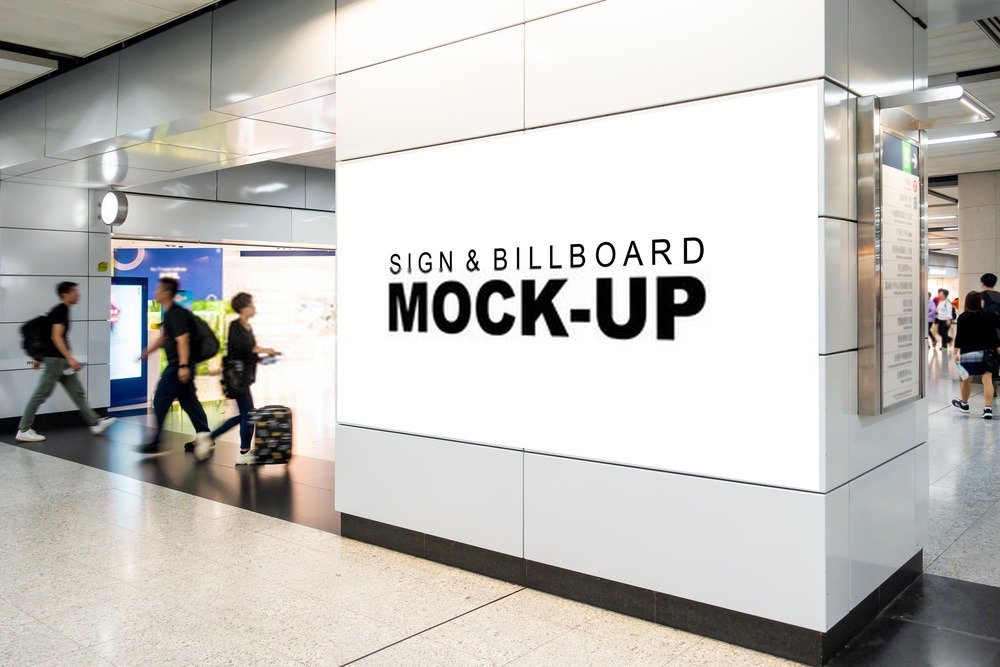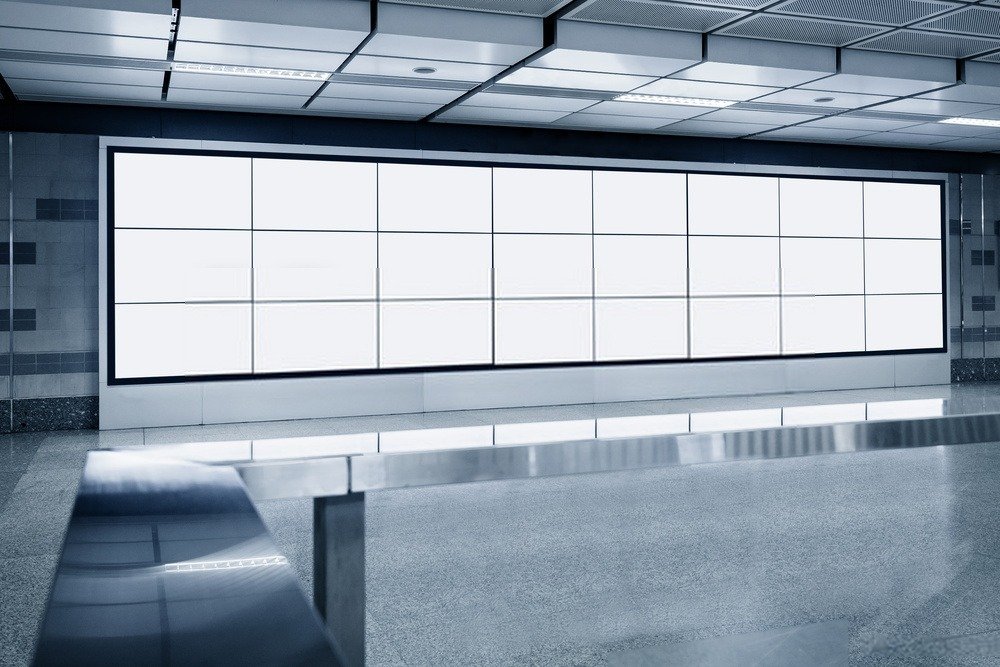With the rise of the internet and new technologies, companies must be more innovative in their communication in order to increase their notoriety and visibility. Business communication takes place through several means such as social networks but also in the heart of their environment on screens. Today there are several types of screens for dynamic display. But how to choose them? What are the most suitable screens? We will explain everything to you !
What is a dynamic display screen?

A dynamic display screen is a digital solution for displaying advertising or information messages. They can transmit frozen or animated multimedia content, such as photos, videos or even slides. Digital signage screens are powerful communication channels.
Good to know : To use a showcase screen, you will need to use specific software! Discover 5 open source software for digital signage !
Areas of activity
Dynamic display screens can be used in all areas of activity: retail, catering, beauty, private business, etc. Indeed, in the retail sector, dynamic display screens are increasingly used. This allows the store to attract customers and promote store news such as new products, promotions and competitions.

In the catering sector, just as in the beauty sector, digital display screens also have a significant impact. In fact, this makes it possible to improve the standing of the restaurant by disseminating their menu or other information. It also attracts passers-by. In private businesses, digital signage screens can also be useful.
They are very often found in administrative organizations, for displaying ticket numbers or even to direct people to the right services. Dynamic display screens can also be used as support in a meeting room.
The advantages of dynamic display

Dynamic display screens have, as seen previously, many advantages. This varies depending on the field of activity. However, certain advantages are common to all:
- Attract the gaze of passers-by
- Schedule the different broadcasts
- Adapt the types of broadcasts
- Increase your visibility
- Enrich your notoriety
- Have an original means of communication
And many other benefits!
The criteria to take into account when choosing your screen
In order to acquire the digital signage screen that suits you, you must first define all the criteria you need. Indeed, depending on your field and the use you want, dynamic display screens may be different. Here are the 7 main criteria to study to guide you to the right dynamic display screen.

Duration of use
Screen time is one of the most important criteria. In fact, it will allow you to quickly know whether you need to invest in a high-performance dynamic display screen or not. The question you need to ask yourself is simple: “How many hours per day will I run my digital signage campaigns?” ". If you need a dynamic display screen temporarily, traditional screens may be suitable enough.
The same goes if you want to broadcast during moderate time slots, such as 6 a.m. to 11 p.m. for example. However, if you want non-stop broadcasting, 24 hours a day, 7 days a week, you will need to invest in a high-performance digital display screen.
Indoor and outdoor use
Not all screens can be used outdoors. Although screens designed for outdoors can go indoors, it is not recommended to do this as it will cost you more. It is therefore essential to know where you are going to position your screen.
Indeed, a classic screen can be perfectly suitable for dynamic indoor display. Conversely, an outdoor screen will have better capabilities than a standard screen, such as resistance to bad weather or excellent performance in terms of brightness. Some outdoor digital signage screens may also have protections.
Screen size

Whether the screen is indoors or outdoors, you should choose the size of the digital signage screen based on the configuration of the location where you want to install it. It is important to define the screen size according to that of the precise location but also according to the surface area of the room. Indeed, if, for example, you choose a location on a fairly small section of wall, you will have to opt for a screen of the same size or even smaller.
Additionally, you also need to adjust the screen size based on the area of the room. Indeed, you are not going to put a small screen in a giant place, that would be insane, just like a large screen in a small room. It is also important to choose a strategic location for the dynamic display screen. Indeed, if you opt for a large screen, it should cause you to lose sales space as little as possible.
The amount of screen
The quantity of dynamic display screen must also be taken into account. Indeed, if you want to have several screens, you will have to adapt the screen model according to their use and their location. For each screen, you will need to define the criteria specific to each one.
The type of screen
It is important to define what you want to display on your screen. If you want a simple broadcast of information, a classic screen will suffice. However, if you want to create campaigns with interactions, you will need to opt for a touchscreen. Touch screens help improve the customer experience and generate user interest. They also allow you to collect information.
Customers are fond of new technologies and innovations that companies can implement. This makes a lasting impression and greatly improves the company's notoriety.
The luminosity
Brightness is also an important criterion for selecting the dynamic display solution . Indeed, depending on the location of the screen, it must have an appropriate brightness. If the screen is outdoors or in a dark corner, the brightness should be higher than in a bright place. It allows the screen to be readable by everyone and to broadcast the advertising message correctly.
Thanks to new technologies, some screens have the ability to self-regulate brightness depending on its environment. This is very useful, especially on outdoor screens, which will have a stronger brightness at night than during the day.
Connectivity
Screen connectivity is also important. Indeed, content distribution can be done in several different ways: via a USB key, a connected computer or via a local network or internet. In the latter case, the screen must be equipped with a WiFi connection.
Types of dynamic display screens

After selecting all the criteria that suit your project, you must now choose your digital signage project. Indeed, not all screens are suitable for your project. This is why you need to know the different types of screens before you start purchasing one or more screens.
TVs and screens
TVs and screens are the most classic for dynamic display. This allows you to have a support that is easy to install and inexpensive. However, they are not really effective compared to other types of screens. TVs and screens may be suitable for a first try.
LED panels
LED signs are suitable if your location is difficult to find or lacks visibility. They may also be suitable for informative and/or educational communications. LED panels can be used indoors and outdoors.
Totems and terminals
Totems and touch terminals are the most suitable screens for creating interaction with customers. They can be suitable for all types of distribution: information, news, prevention or even for education. Totems and terminals are mainly used indoors.
Screen walls
Screen walls can create a strong visual impact on passers-by. They have very high broadcast quality and are visible from afar. By arranging them in an original way, this will allow you to increase your visual impact.
You now have the keys in hand to define your criteria and select the type of dynamic display screen that suits you. Dynamic display screens are important for your communication and your notoriety, so you should not neglect their quality.




